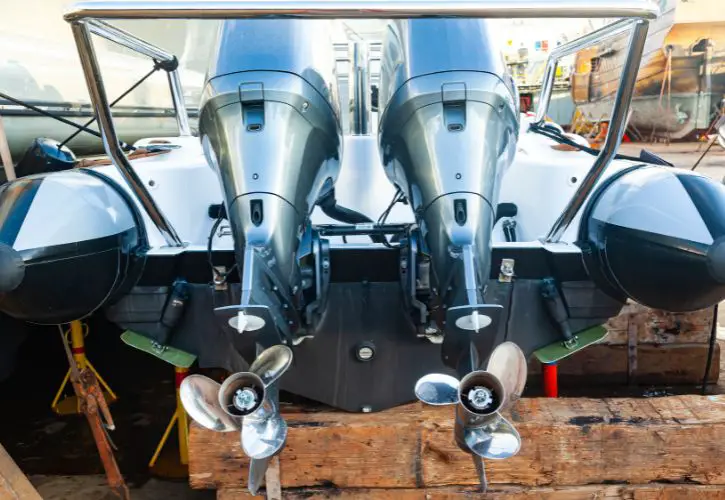The practice of sustainable boating, from hull design to electric motors, is gaining significant attention among outdoor enthusiasts. Explore the evolution of planing hull design, the dynamics of electric motors, and the sustainability benefits electric boat motors provide.
The Evolution of Planing Hull Design
The history of planing hull design dates back to the early 20th century. It was developed with the objective of increasing speed while reducing the energy required to propel the boat.
Unlike displacement hulls that push water aside as they move, planing hulls rise out of the water and glide on its surface when they reach a certain speed. This unique feature reduces drag and consequently saves energy, making it a more sustainable option for boating.
Understanding Electric Boat Motors
Electric boat motors have emerged as an eco-friendly alternative to gas-powered outboard motors. They come in three main types: electric outboard, electric inboard, and trolling motors, each with unique characteristics.
Electric Outboard Motors
Electric outboard motors are mounted on the exterior of the boat, usually at the stern. While they function similarly to their gasoline counterparts, they operate on battery power. These motors are renowned for their quiet operation, low maintenance, and zero emissions.
Electric Inboard Motors
Electric inboard motors, installed inside the hull of the boat, offer an even greater degree of quietness and efficiency. They are often used in larger boats where there is ample space for installation and battery storage. Like outboard motors, they produce no emissions, contributing to cleaner air and water, and they are significantly quieter than traditional diesel-powered engines.
Trolling Motors
Trolling motors, commonly used for precise maneuvering or slow-speed propulsion for fishing boats, are smaller and less powerful than electric outboard and inboard motors. They aren’t used as the primary propelling power of the boat; rather, they are used in conjunction with a separate primary motor and are battery powered, ensuring a quiet operation that boosts the chances of catching, rather than startling, fish.
Sustainability Benefits of Electric Boat Motors
Electric boat motors don’t release harmful emissions in the form of fumes in the air or fuel leaks in the water. Their quiet operation reduces noise pollution—an often-overlooked aspect of environmental conservation. Furthermore, electric motors are more energy efficient than traditional gasoline engines, conserving resources and reducing the boater’s carbon footprint. Along with modifications like bidets for boats that eliminate the need for toilet paper and prevent clogs, electric motors for propulsion bring sustainability to boating.Sustainable boating from energy-saving hull designs to the electric motors, are transforming the boating industry. These practices not only preserve the environment but also enhance the boating experience for outdoor enthusiasts.
